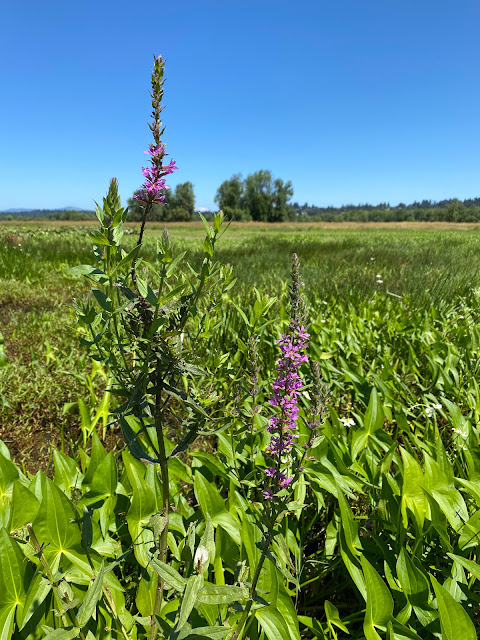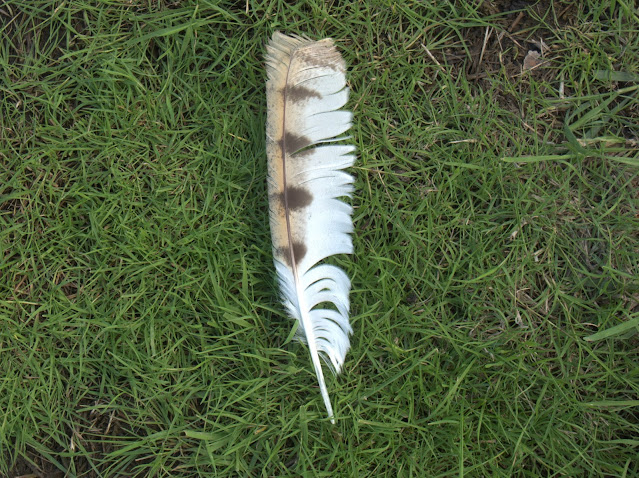Our Volunteers Are Back!
With Covid-19 infection rates declining in Washington and Oregon, we were finally able to bring back our beloved habitat volunteers for our weekly work parties, which have been on hold since Christmas due to the highly contagious Omicron variant. It is worth mentioning that we have been hosting limited capacity work parties throughout this seemingly never-ending pandemic, but they have only been open to our long-time volunteers. Hopefully, as Covid-19 restrictions and mask mandates are lifted, we can move towards recruiting new volunteers soon!
Over the past month, we have been focusing our habitat restoration efforts on the entrance to the Kiwa trail on the River 'S' unit along the Auto Tour Route. With the Kiwa trail closed during the winter months, this provides us
with the opportunity to work on and around the trail without any interference from visitors.
 | |||||
| Photo: Volunteers planting native plants and removing Himalayan blackberry |
We have been working to remove the prevalent Himalayan blackberry (Rubus armeniacus) that forms thick stands and can be very difficult to manage given it's thorny nature. Himalayan blackberry relentlessly out-competes native trees, shrubs, and other understory vegetation while restricting wildlife access to essential resources such as fresh water, making it a frequent nuisance on the refuge.
 |
| Photo: Volunteer (John) raking up blackberry canes |
 | ||||||||||||||||||
| Photo: Volunteers clearing Himalayan blackberry using loppers |
 |
| Photo: Trailer full with Himalayan blackberry to be hauled off for composting |
The most effective ways we have found to remove blackberry include the use of herbicides, mechanical tools such as blade trimmers and chainsaws, and hand removal; but not without heavy-duty gloves of course. Several impressive trailers full of blackberry canes were hauled off to be put through a wood chipper and then composted in my newly constructed compost bin made from recycled pallets, which I hope to discuss in more detail once it's finished, stay tuned!
Once the trees have been freed from blackberry, we cage them to discourage any hungry beavers looking for a feast. In an effort to combat blackberry resurgence, we planted a variety of native trees, wildflowers, and shrubs such as red flowering currant (Ribes sanguineum), tall goldenrod (Solidago altissima), and common snowberry (Symphoricarpos albus). New plants are closely monitored over the next few years and watered intermittently during times of drought. With luck and our continuous care, the native species will establish their roots, reproduce, and hopefully inhibit the regrowth of blackberry in the future.
 |
| Photo: Oregon ash trees caged to deter beavers |
 |
| Photo: New native plantings where the Himalayan blackberry stand was removed |
It has been amazing having our volunteers back at the refuge and it is truly impressive to see their impact first hand. Many of our volunteers have been with us for years and some even decades! We are extremely grateful for their time and dedication to better our refuge and the environment. We honestly cannot thank them enough!
-Justine Casebolt


It has been amazing having our volunteers back at the refuge and it is truly impressive to see their impact first hand.
ReplyDeleteMany of our volunteers have been with us for years and some even decades! We are extremely grateful for their time and dedication to better our refuge and the environment. We honestly cannot thank them enough.
First Motion Products